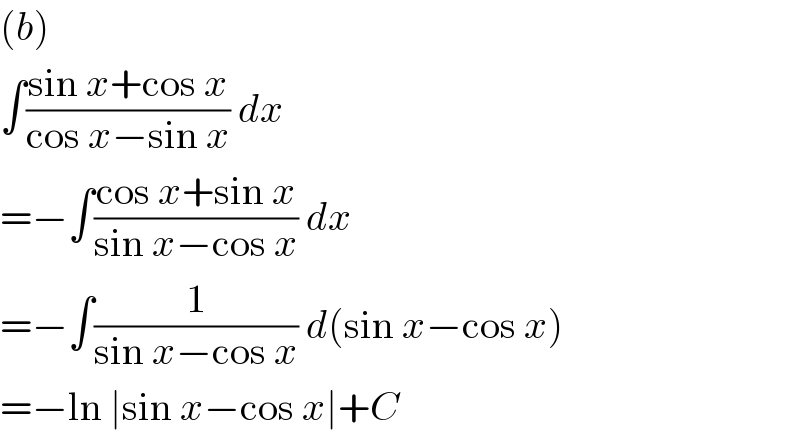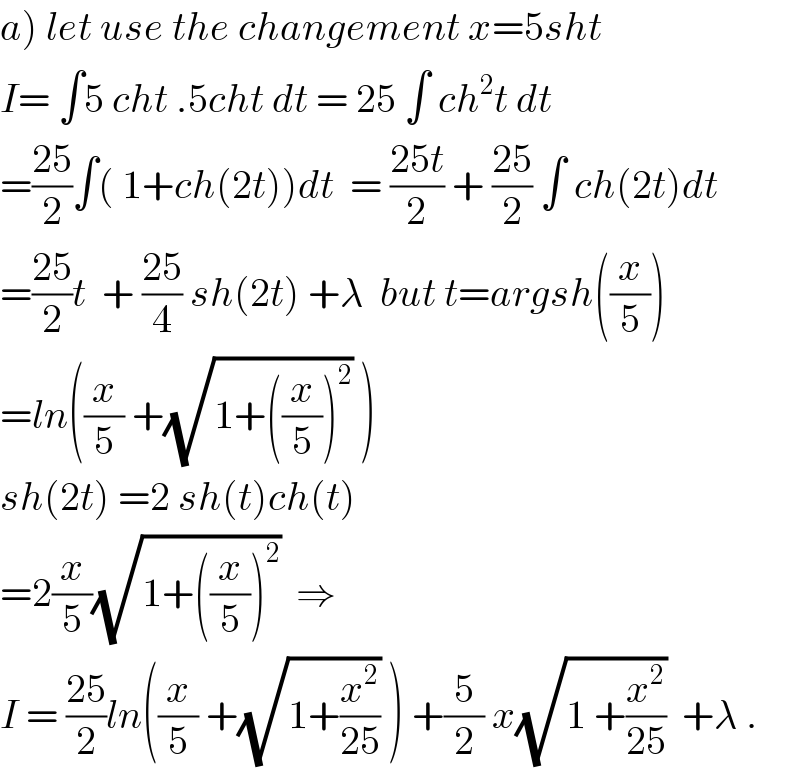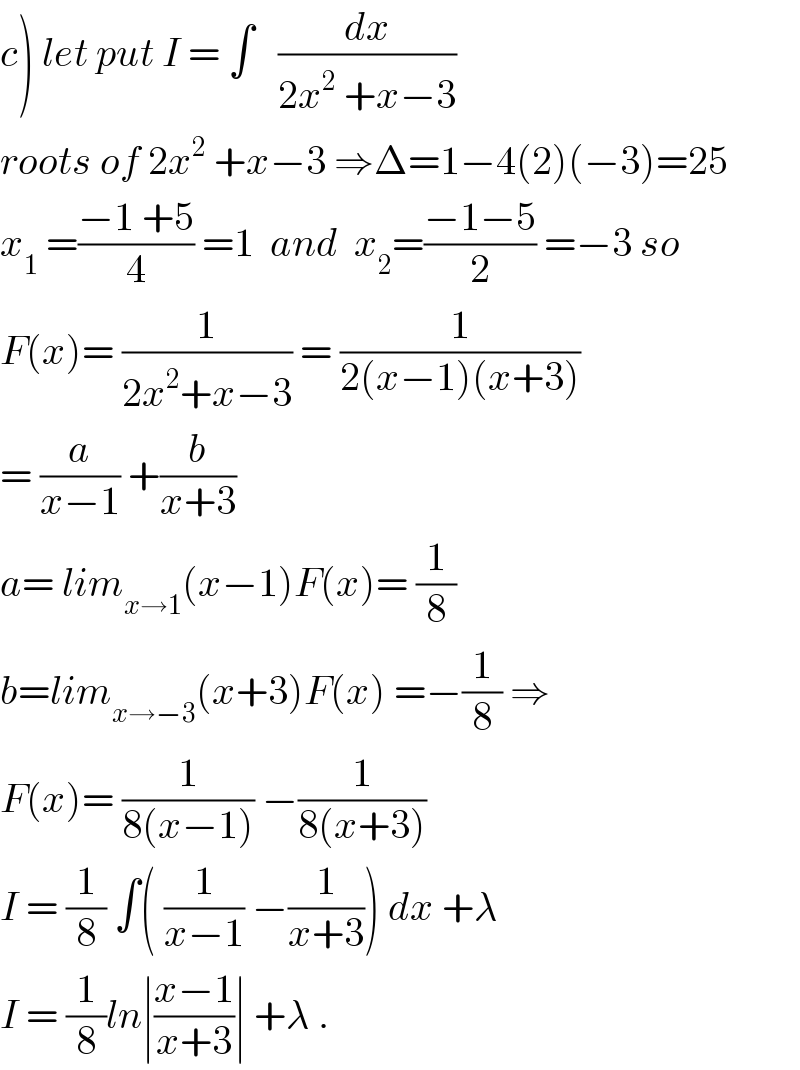
Question and Answers Forum
Question Number 32914 by mondodotto@gmail.com last updated on 06/Apr/18

Commented by mrW2 last updated on 06/Apr/18

Commented by prof Abdo imad last updated on 06/Apr/18

Commented by mondodotto@gmail.com last updated on 06/Apr/18

Commented by prof Abdo imad last updated on 07/Apr/18

